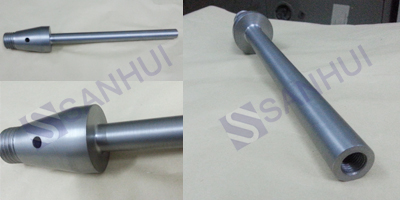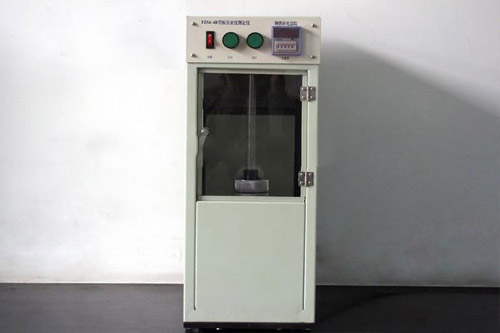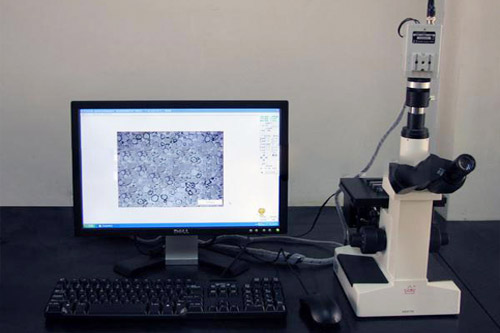Molybdenum and TZM Forging Process
Hammersmiths must be prepared for the greater “stiffness” of molybdenum. In open-die forging, the workpiece must be held flat on the lower die before the blow is struck to avoid a jerking or whipping action.
Until a hammersmith has developed some experience with molybdenum, he should not hold the tongs against his leg to steady the work; it is good practice to hold the tongs 3 to 6 in. (75 to 150 mm) away from his body to prevent injury. It is essential that the faces of the upper and lower dies of the hammer be parallel planes to prevent rectangular bars from “going diamond shape”, and to avoid cocking of upright cylinders during upsetting. With proper alignment, and reasonable practice, good forgings can be produced consistently on conventional steam- or air-driven hammers.
Forging presses operated by skilled personnel have been used successfully to produce molybdenum and molybdenum-alloy parts. When the slower forging rates can be tolerated and when high forces are required to effect a given deformation, presses are advantageous. Due to the more rapid loss of heat from the work to dies, more reheating may be required for press forging.
Rapid oxidation of molybdenum occurs at temperatures above 1400F (650℃) with the formation of:
(1) a liquid oxide (MoO3)
(2) Copious white, nontoxic fumes of the oxide which evolve from the surface of the metal in open air.
Sanhui has accumulated 24 years of production and export experience and our main products involve tungsten, molybdenum, nickel and other nonferrous metals and their alloy products.

Until a hammersmith has developed some experience with molybdenum, he should not hold the tongs against his leg to steady the work; it is good practice to hold the tongs 3 to 6 in. (75 to 150 mm) away from his body to prevent injury. It is essential that the faces of the upper and lower dies of the hammer be parallel planes to prevent rectangular bars from “going diamond shape”, and to avoid cocking of upright cylinders during upsetting. With proper alignment, and reasonable practice, good forgings can be produced consistently on conventional steam- or air-driven hammers.
Forging presses operated by skilled personnel have been used successfully to produce molybdenum and molybdenum-alloy parts. When the slower forging rates can be tolerated and when high forces are required to effect a given deformation, presses are advantageous. Due to the more rapid loss of heat from the work to dies, more reheating may be required for press forging.
Rapid oxidation of molybdenum occurs at temperatures above 1400F (650℃) with the formation of:
(1) a liquid oxide (MoO3)
(2) Copious white, nontoxic fumes of the oxide which evolve from the surface of the metal in open air.
Sanhui has accumulated 24 years of production and export experience and our main products involve tungsten, molybdenum, nickel and other nonferrous metals and their alloy products.

Prev:上一篇:Forged Molybdenum and TZM










